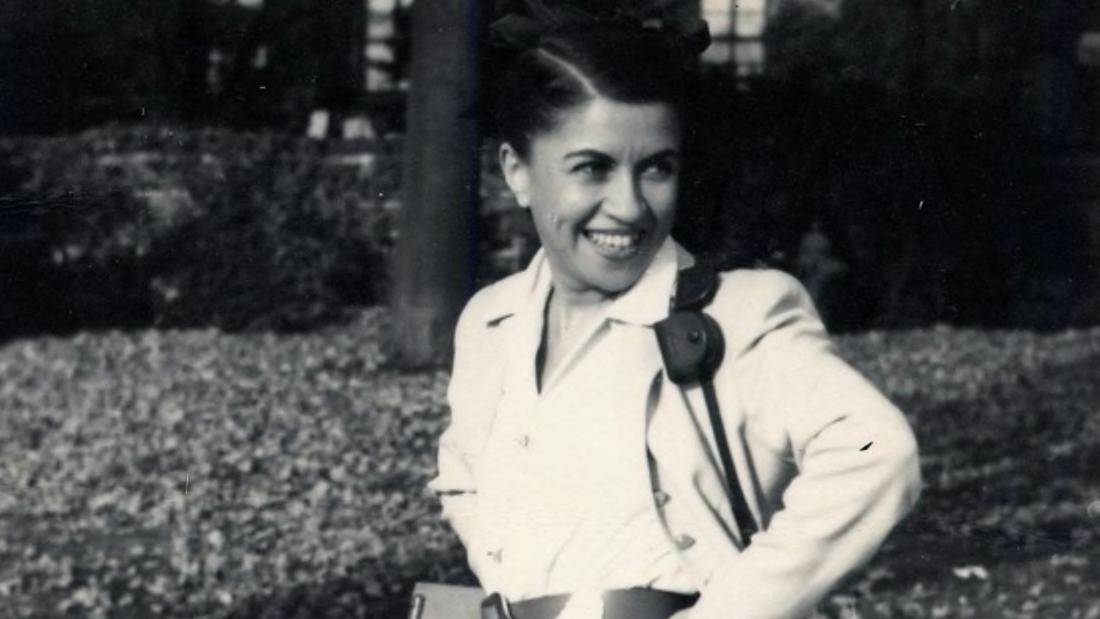A few months ago if someone told you that the one thing you will not be able to leave home without in 2020 (apart from your keys) is a face mask- you would probably say stop watching so much ‘Black Mirror’.
Today that reality is quite different and words like masks, face shields and PPE kits are practically the only ones on our paranoid minds. So if you’ve picked up your bra recently and looked at it and thought to yourself “is it just me, or does this thing look like a mask?” there’s no need to mask your face in sheer embarrassment – even if you’ve gone as far as holding it against your face and pulling the straps around your ears.
Turns out that you were right. It’s not just a coincidence that the bubble shape of your bra almost identically resembles the shape of your N-95 mask- because it really was a moulded bra cup design that inspired the first prototype for the N-95 mask we know today.
As a company that puts safety at the forefront of everything we do – we began procuring masks early on and mandated they were worn at our warehouse, long before the CDC guidelines changed. But along the way, we realized there was a face behind these masks that no one ever spoke about and a deep-rooted link between our biggest product category ie: bras and masks.
An Incredible “Little” Woman
Today the N-95 mask is the frontline worker’s main armor in the fight against Covid-19 but the history of this remarkable piece of gear dates back to 1972 and to a “little” woman called Sara Little Turnbull.

Born in Brooklyn, this strong-willed, gutsy woman who grew up to a towering 4’11” questioned everything around her and saw a design opportunity in life’s most ordinary objects. This led her to study product design at Parsons School of Design and eventually consult and work for some of the world’s greatest companies. A true feminist at heart, she raised thought-provoking questions to America’s biggest corporate giants by making them realize that they were all designing and marketing their products by forgetting about the real needs of the end-user – the woman.
In 1958, 3M (the ones who make your favorite colored Post It’s were amazed by her curiosity and decided to hire her as part of their gift wrap and tape division. At the time, they were experimenting with a new non-woven material that could be used to create mouldable ribbons. Sara however, saw a world of opportunities for this material that far transcended gift wrapping. So she assembled an audience of executives (all men, of course) and pitched her presentation titled ‘why’ to share her 100 ideas for the material.

Floored by the presentation, she was given the go ahead to create a moulded bra cup with the material. But of course pitching ideas at 3M wasn’t her only job – like every other woman she had to juggle the responsibilities of running a home and making a life for herself. Outside of work, she spent a considerable amount of time taking care of her three ailing family members – each of whom were suffering from a different life threatening disease.
With adversity comes opportunity – Turnbull is a fine example of that. On her many hospital visits, she noticed that medical professionals were constantly struggling with their tie-on masks and this was interfering with their ability to work efficiently. She knew there had to be a better way for these frontline workers to protect themselves. So she thought about her bra design, and how a cupped facial covering could perhaps be a better solution for these heroes. She went back to the executives at 3M and re-pitched her molded bra cup idea to be even bigger and potentially life-saving. As always, 3M saw great potential in Sara and in 1961 they released the first medical mask based on her molded bra cup design. This acted as the first prototype for the N-95 mask we know and use today.

At a height of 4’11, for Sara there was no glass ceiling. She could fearlessly stand in a room filled with big, intimidating men and force them to do things that would bring about change. She inspired curiosity, supported diversity, and has been described as ‘corporate America’s secret weapon’. She exemplified the art of ‘design thinking’ that has become dominant in so much of business and technology. Although she isn’t here to see how truly life-changing her simple idea was – we want to share her story to show every woman that you’re never too small to do big things.



